Top 5 Animals That Emit the Most Greenhouse Gases Through Farts
You will be surprised!!!
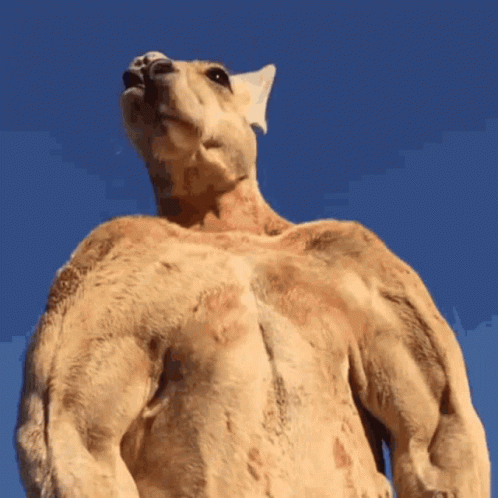

When it comes to greenhouse gas emissions, we often think of industrial factories, transportation, and energy production. However, there's a silent but significant contributor to the Earth's emissions conundrum - animals. While cow burps are notorious for their methane emissions, let's not forget about the less talked about but equally impactful emissions through farts. Here are the top 5 animals notorious for their gaseous contributions:
Cattle: It's no secret that cows are one of the leading contributors to methane emissions. However, it's not just their burps that are to blame. Cows, along with other ruminants like sheep and goats, release a significant amount of methane through flatulence. This methane is produced during their digestion process, specifically in their rumen, where microbes break down their food.
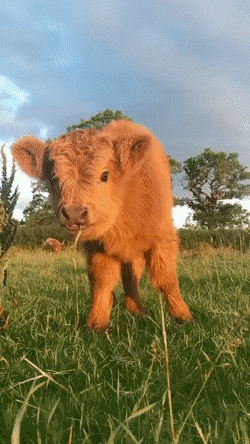
Termites: Surprisingly, these tiny insects play a significant role in greenhouse gas emissions. Termites produce methane as a byproduct of their digestion, which primarily consists of breaking down cellulose from wood. While each termite produces a minuscule amount of methane individually, their sheer numbers make them a substantial contributor to global emissions.

Camels: While not as numerous as cows or termites, camels are known for their ability to survive in harsh environments, including those with limited food resources. However, their digestive system, adapted for such conditions, produces significant methane emissions. With an increase in camel farming in some regions, their contribution to emissions is becoming more noticeable.
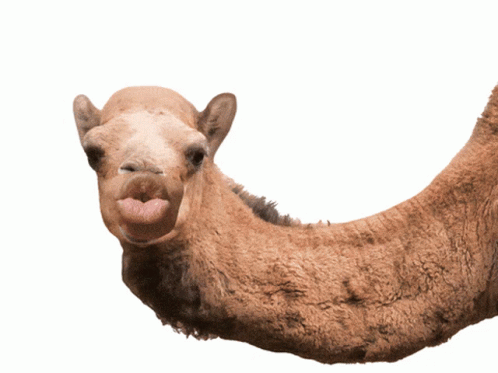
Kangaroos: Australia's iconic marsupial might not seem like a likely candidate for methane emissions, but their unique digestive system makes them worthy of this list. Kangaroos produce methane as a result of fermentation in their foregut, similar to cows. While their emissions per individual might be lower than cattle, their population numbers contribute to their overall impact.
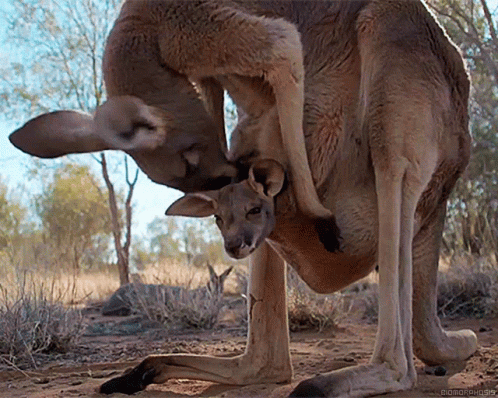
Humans: Yes, you read that right. Humans also contribute to methane emissions through flatulence. While individually, our emissions might not seem significant, the global human population size makes our collective contribution noteworthy. Moreover, certain dietary habits can exacerbate these emissions, with diets rich in beans, lentils, and certain vegetables leading to increased flatulence.
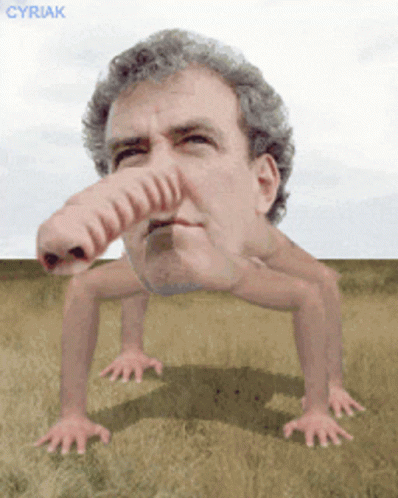
While these animals might seem small compared to industries like fossil fuels, their cumulative impact on greenhouse gas emissions cannot be ignored. Addressing methane emissions from animal agriculture and other sources is crucial in mitigating climate change and preserving the health of our planet for future generations. Whether through dietary changes, improved farming practices, or innovative technologies, finding solutions to reduce these emissions is paramount in our fight against climate change.
!LOL
Posted using MemeHive
lolztoken.com
One. It's a trick question.
Credit: reddit
@epic-fail, I sent you an $LOLZ on behalf of holovision
(4/10)
Delegate Hive Tokens to Farm $LOLZ and earn 110% Rewards. Learn more.
I was expecting cows to be there 😂